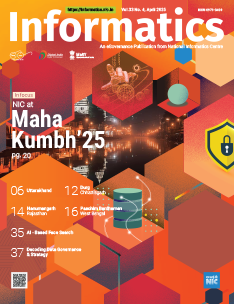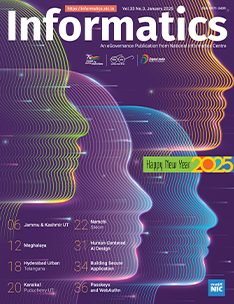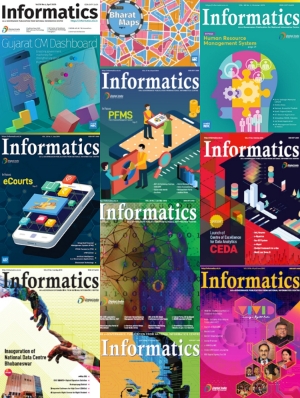Chief Minister inaugurates the Revenue Court Management System (RCMS) in Uttar Pradesh.

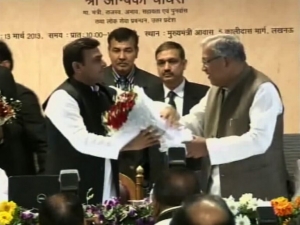
Uttar Pradesh Chief Minister Shri Akhilesh Yadav inaugurated the Revenue Court Management System (RCMS) on 13th March 2013 at Lucknow. He was accompanied by Revenue Minster of UP Shri Ambika Chaudhary, Chairman Board of Revenue Shri Jagan Mathews, Principal Secretary, Department of Revenue, Shri K.S. Atoria, Commissioner/Secretary Board of Revenue Shri Anil Kumar, DDG & SIO, NIC, UP Shri S.B. Singh and other senior functionaries of the state government. In his address to the people and media Shri Yadav said that Revenue department is directly related to public and computerisation of the department will bring transparency in the system. Revenue Minister shri Ambika Chaudhary said that the Revenue Courts Management System will help the citizens of the state as they will be able to check the status of their cases right from their homes and will not have to visit the revenue courts to know about the next date of hearing or get a copy of the judgment.
In the first phase this system has been launched in all the 18 commissionary & 25 districts of Uttar Pradesh which include Lucknow, Meerut, Agra, Saharanpur, Bareilly, Ballia, Sitapur, Azamgarh, Etawah,Kannuj,Balia Banda etc. The daily cause list of land-related cases pending in revenue courts, their dates of hearing and the judgments of the selected districts & commissionaries will now be available online through the project website. Shri Anil Kumar, Commissioner, Board of Revenue, informed that data of 2.15 lakh cases of revenue courts in these 25 districts and 46,000 cases of 18 divisional commissioners’ courts is now available online. He added that data of the remaining districts will be made available online by the end of April 2013.
The revenue court cases are related to mutation of properties, land rights, illegal possession, distribution of properties among family members and auction of the land etc. undertaken by the revenue officials — from the divisional commissioner court to nayab tehsildar court. The Revenue Court Management System is a workflow based integrated software product with major functions like case filing, entry/updation of misilband/case diary, recording of daily proceedings, cause list generation, priority management of cases listed in cause list by Pithaseen Adhikari, backlog entry, scanning/uploading of judgment, transfer of cases from upper court to lower court, restoration of cases etc. There is a features for exhaustive search of case details based on case-number, date-of-filing, date-of-listing and other parameters. Different types of reports can be generated viz. daily cause list, case diary, misilband, notice/istahar, summary of cases (pending/disposal) and other reports required by Chairman/ Commissioner Board of Revenue. Special dash board has been provided to peshkar and pithaseen adhikari to view the court details.
The web based application has been developed by National Informatics Centre, U.P State Unit under the guidance of Shri S.B. Singh, DDG & SIO. The team members comprise of Shri. Avneesh Gupta, Sr. Technical Director, Shri Rajesh Kumar Tripathi, PSA & Shri Pradeep Kumar SOE




 Subscribe
Subscribe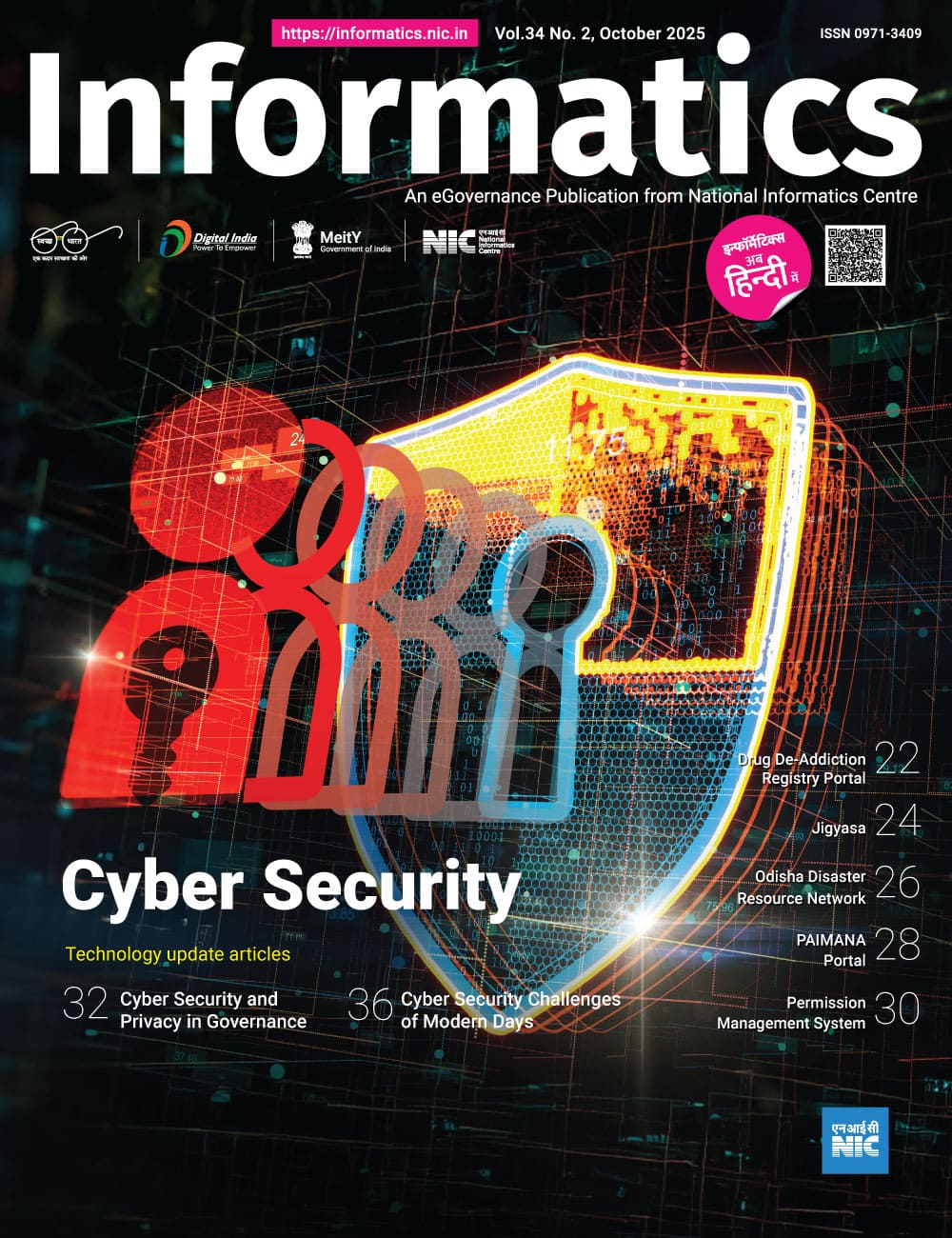
 Flipbook
Flipbook PDF (5.0 MB)
PDF (5.0 MB)
